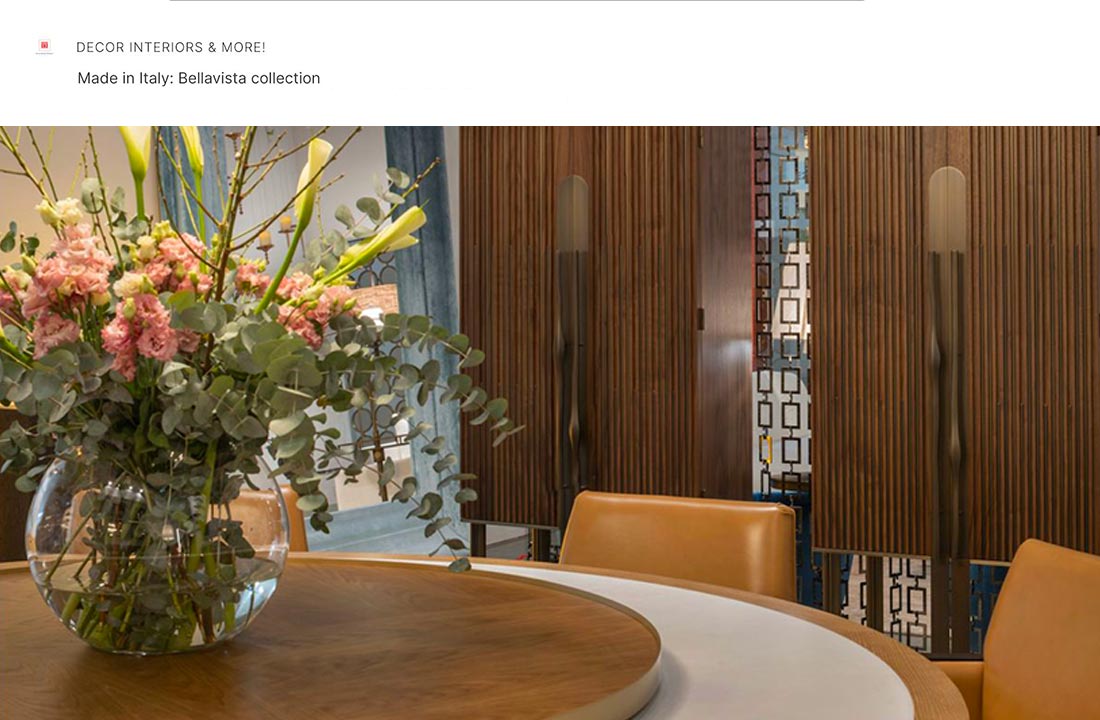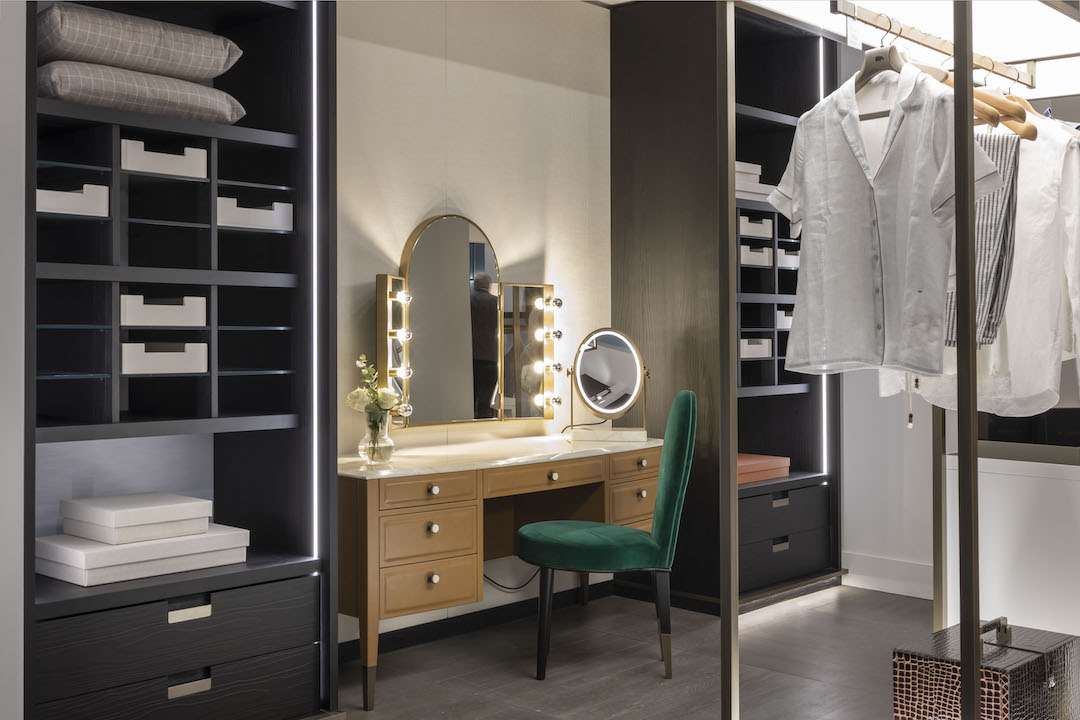Luxury Wood Furniture
Did you know that your wooden table or chair is actually made of a composite? If you look at any piece of wood, you’ll see that it is nonhomogeneous. From a materials specialist’s point of view, wood is a material that can well be called a naturally occurring composite. In any wood, fibres of cellulose (it is a polymer, by the way) are held together in a matrix of lignin and hemicellulose, which are much weaker substances.
Thanks to such a structure, wood has unique physical characteristics, making this material indispensable for great many purposes. Wood is widely used in most of industries, if not all. The most traditional application of wood is by all means furniture making. Nowadays there are loads of other materials widely used to make furniture. Many of them, like plywood or chip board, may be lighter and much cheaper than solid wood and thus suitable indeed for mass production. But the high-end furniture items are still made of solid wood only.
Although luxury wood furniture, especially if made of exotic wood species, is expensive indeed, it is high in demand. Natural beauty of wood texture, warmth and calming feeling when you touch a wooden part… it’s almost impossible to resist a temptation to buy furniture made of a natural wood.
Soft woods, Hard Woods
Modern Italian luxury furniture producers, for example, Bellavista Collection, use a wide variety of woods from all over the world. Actually, there is no such thing as ‘just wood’: the material we call ‘wood’ comes from numerous species of trees. So, there are in fact multiple types of wood that differ greatly in terms of appearance, color, density, strength, ease of processing, cost, et cetera.
Traditionally all woods are divided into two main categories: softwood and hardwood.
Simply speaking, hardwood comes from leaf-bearing trees, and softwood – from coniferous species, i.e. cone-bearing trees. About 80% of all timber harvested in the world is softwood.
This historical division is somewhat confusing, because any given hardwood isn’t necessarily harder than any softwood. For example, according to this classification, yew belongs to softwoods, but it’s pretty hard, and balsa, which is a hardwood, is very soft, when it comes to processing. Cherry and poplar are leaf-bearing trees, so they belong to hardwoods, but they are softer than fir, which is a softwood.
Being relatively cheap, softwoods like cedar, pine, or redwood are suitable for mass production of affordable wooden furniture. Wood veneer – very thin sheets made of various hardwood species – is one more option to make furniture made of inexpensive materials look more attractive.
But all in all, most of the woods used for making luxury wood furniture are hardwoods.

Hardwoods of all shades and colors
As you can see, contemporary cabinet-makers have lots of types of wood to choose from. Literally hundreds of woods are available to woodworkers, including woods coming from extremely rare and exotic tropical trees that grow in Africa or South America.
However, many hardwood species popular with cabinet-makers are European ones. Since woods do vary in density, furniture-makers use each of the species where it fits best. Simply put, the denser the wood, the more difficult it will be to work with it. For example, poplar can be carved much more easily than pear or boxwood.
Hardwood species come in lots of shades and colors, from very pale (white oak, ash, maple), to rich dark brown, almost black (American walnut, also known as black walnut). Besides, the environment where a tree of a particular species grew in, particularly the water level, as well as the process of drying and the wood and surface preparation influence the color of wooden furniture to some extent.
If your luxury wooden furniture is of pretty light color, it is likely to be made of either white oak or ash. These species both are among cabinet makers’ favorite woods. Both are incredibly dense, durable, attractively-looking, although not easy to work with. If your furniture is for outdoor use, most likely it’s made of white oak.
Teak is also popular material for outdoor wood furniture. The color of a new item can be golden or medium brown; this wood tends to grow darker with time. This wood is very durable, highly resistant to decay and termites.
Cherry is also among the species that are often used to make furniture. The wood is of nice-looking brownish-red color. Carpenters like cherrywood a lot. Thanks to its dense fibres and uniform structure, this wood is pleasant to work with; besides, when sawn, this wood smells of cherry.
Red oak, birch, beech and heartwood beech, pear, alder, poplar… it’s hard even to name the woods used in cabinet-making. And these were only part of those that grow in Europe!
Exotic, Rare and Precious
Natural beauty of many tropical woods is irresistible, so they are highly sought after despite their high cost and low supply. Most of these species grow in tropical rainforests, and harvesting of some of them is prohibited because of environmental considerations.
The best-known tropical wood by all means is mahogany. For a few centuries mahogany has been a traditional wood for furniture-making, equally loved by carpenters and furniture owners. Mahogany wood is relatively soft and pleasant to work with. Mahogany is much loved for its reddish-brown color that darkens with age, as well as for gorgeously-looking chatoyancy effect.
Unfortunately, mahogany is becoming rarer and is at certain risk of disappearing from the legal wood market altogether due to unsustainable harvesting.
Another well-known tropical wood, ebony, comes from Africa. it is a very dense wood, which is highly valued for its rich color, ranging from dark brown to black, with high luster.
Rosewood actually comes from a large number of tree species. All these woods are strong and heavy; they are highly valued in luxury furniture-making. Rosewood is rare, because harvesting of all rosewood species is now restricted.



